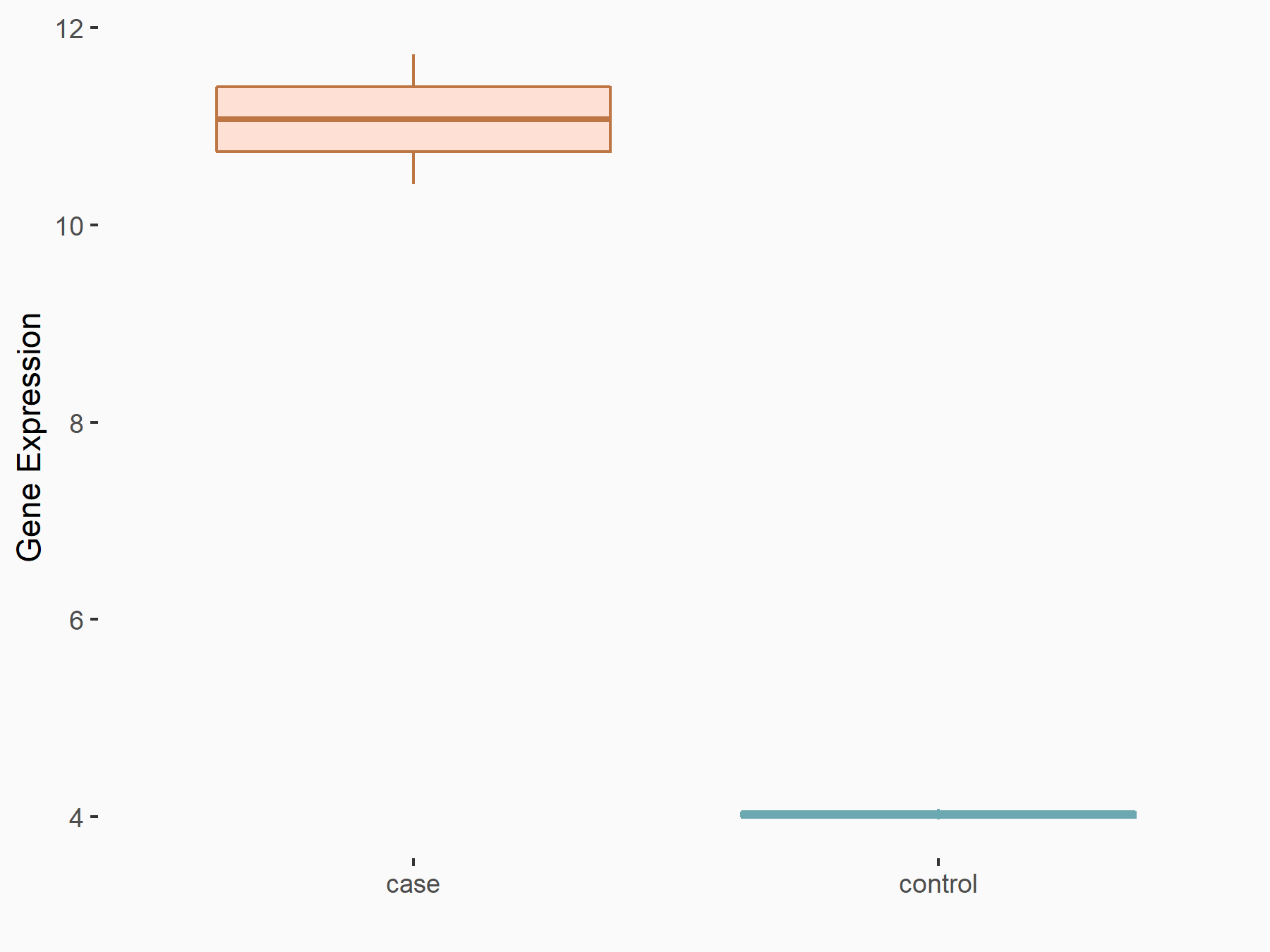m6A Target Gene Information
General Information of the m6A Target Gene (ID: M6ATAR00582)
Full List of m6A Methylation Regulator of This Target Gene and Corresponding Disease/Drug Response(s)
APOE
can be regulated by the following regulator(s), and cause disease/drug response(s). You can browse detail information of regulator(s) or disease/drug response(s).
Browse Regulator
Browse Disease
Fat mass and obesity-associated protein (FTO) [ERASER]
| Representative RNA-seq result indicating the expression of this target gene regulated by FTO | ||
| Cell Line | NB4 cell line | Homo sapiens |
|
Treatment: shFTO NB4 cells
Control: shNS NB4 cells
|
GSE103494 | |
| Regulation |
  |
logFC: 1.26E+00 p-value: 1.34E-03 |
| More Results | Click to View More RNA-seq Results | |
| In total 1 item(s) under this regulator | ||||
| Experiment 1 Reporting the m6A Methylation Regulator of This Target Gene | [1] | |||
| Response Summary | FTO acts as a tumor suppressor to inhibit tumor glycolysis in Papillary thyroid cancer(PTC). FTO/Apolipoprotein E (APOE) axis inhibits PTC glycolysis by modulating IL-6/JAK2/STAT3 signaling pathway. | |||
| Target Regulation | Down regulation | |||
| Responsed Disease | Papillary thyroid cancer | ICD-11: 2D10.1 | ||
| Pathway Response | JAK-STAT signaling pathway | hsa04630 | ||
| Glycolysis / Gluconeogenesis | hsa00010 | |||
| Cell Process | Glycolysis | |||
| In-vitro Model | TPC-1 | Thyroid gland papillary carcinoma | Homo sapiens | CVCL_6298 |
| Nthy-ori 3-1 | Normal | Homo sapiens | CVCL_2659 | |
| K1 | Thyroid gland papillary carcinoma | Homo sapiens | CVCL_2537 | |
| IHH-4 | Thyroid gland papillary carcinoma | Homo sapiens | CVCL_2960 | |
| B-CPAP | Thyroid gland carcinoma | Homo sapiens | CVCL_0153 | |
Thyroid Cancer [ICD-11: 2D10]
| In total 1 item(s) under this disease | ||||
| Experiment 1 Reporting the m6A-centered Disease Response | [1] | |||
| Response Summary | FTO acts as a tumor suppressor to inhibit tumor glycolysis in Papillary thyroid cancer(PTC). FTO/Apolipoprotein E (APOE) axis inhibits PTC glycolysis by modulating IL-6/JAK2/STAT3 signaling pathway. | |||
| Responsed Disease | Papillary thyroid cancer [ICD-11: 2D10.1] | |||
| Target Regulator | Fat mass and obesity-associated protein (FTO) | ERASER | ||
| Target Regulation | Down regulation | |||
| Pathway Response | JAK-STAT signaling pathway | hsa04630 | ||
| Glycolysis / Gluconeogenesis | hsa00010 | |||
| Cell Process | Glycolysis | |||
| In-vitro Model | TPC-1 | Thyroid gland papillary carcinoma | Homo sapiens | CVCL_6298 |
| Nthy-ori 3-1 | Normal | Homo sapiens | CVCL_2659 | |
| K1 | Thyroid gland papillary carcinoma | Homo sapiens | CVCL_2537 | |
| IHH-4 | Thyroid gland papillary carcinoma | Homo sapiens | CVCL_2960 | |
| B-CPAP | Thyroid gland carcinoma | Homo sapiens | CVCL_0153 | |